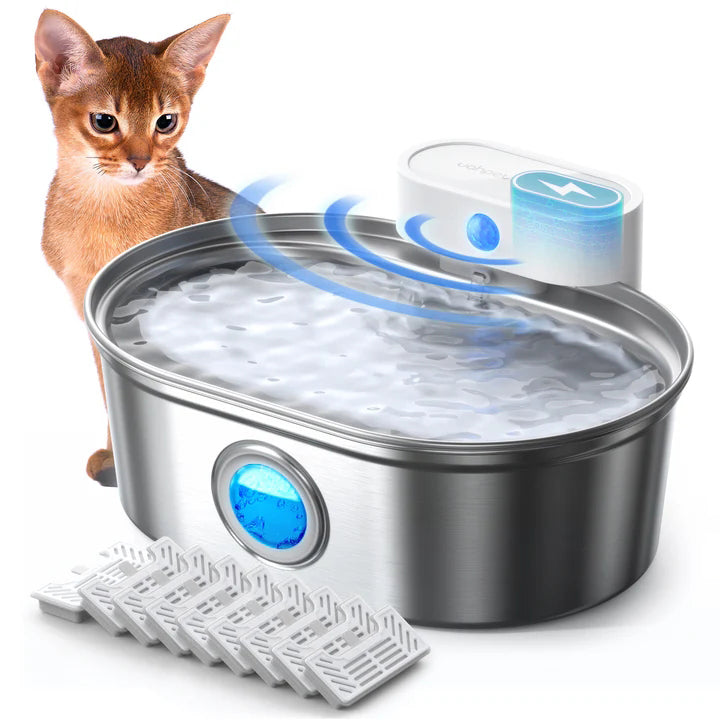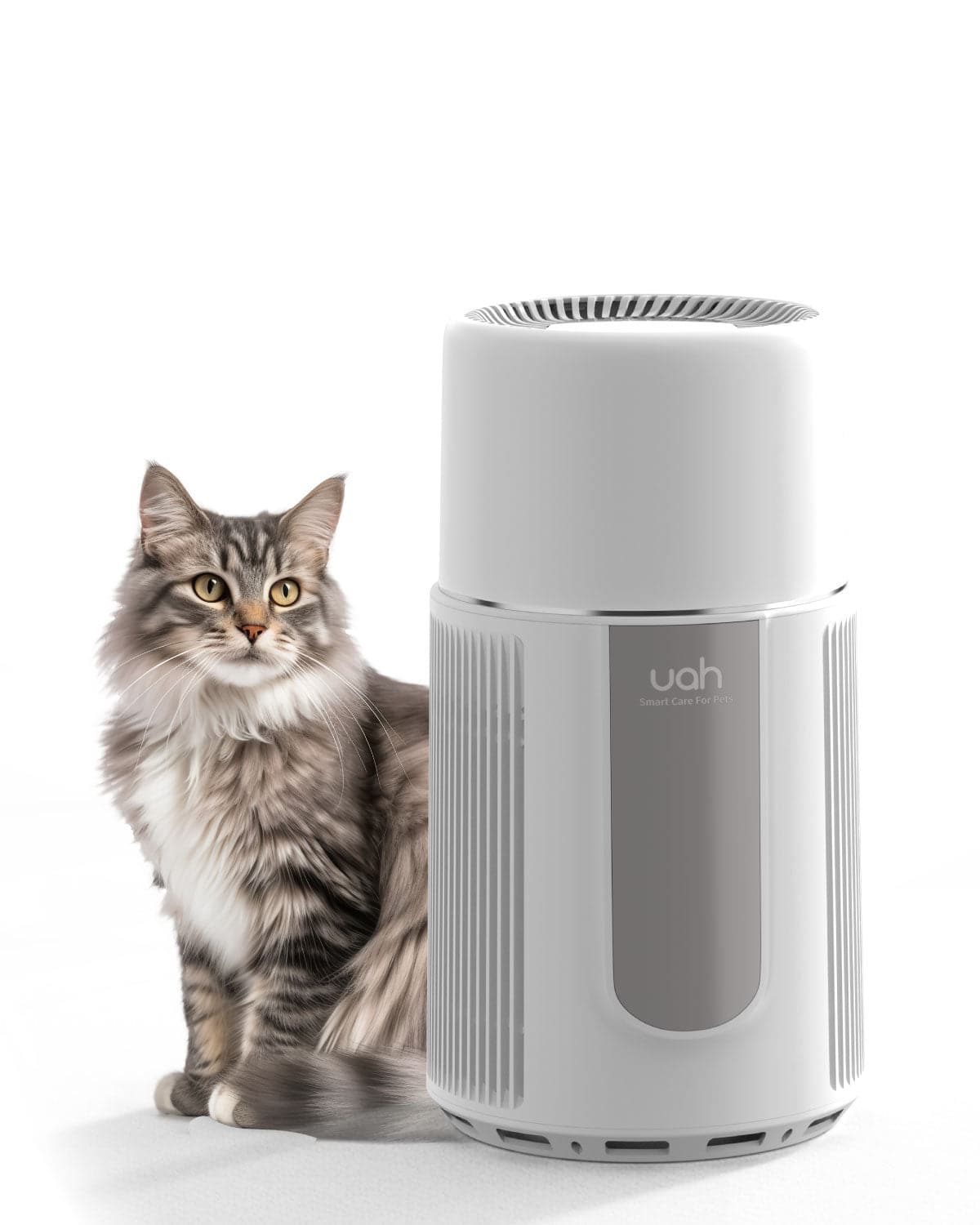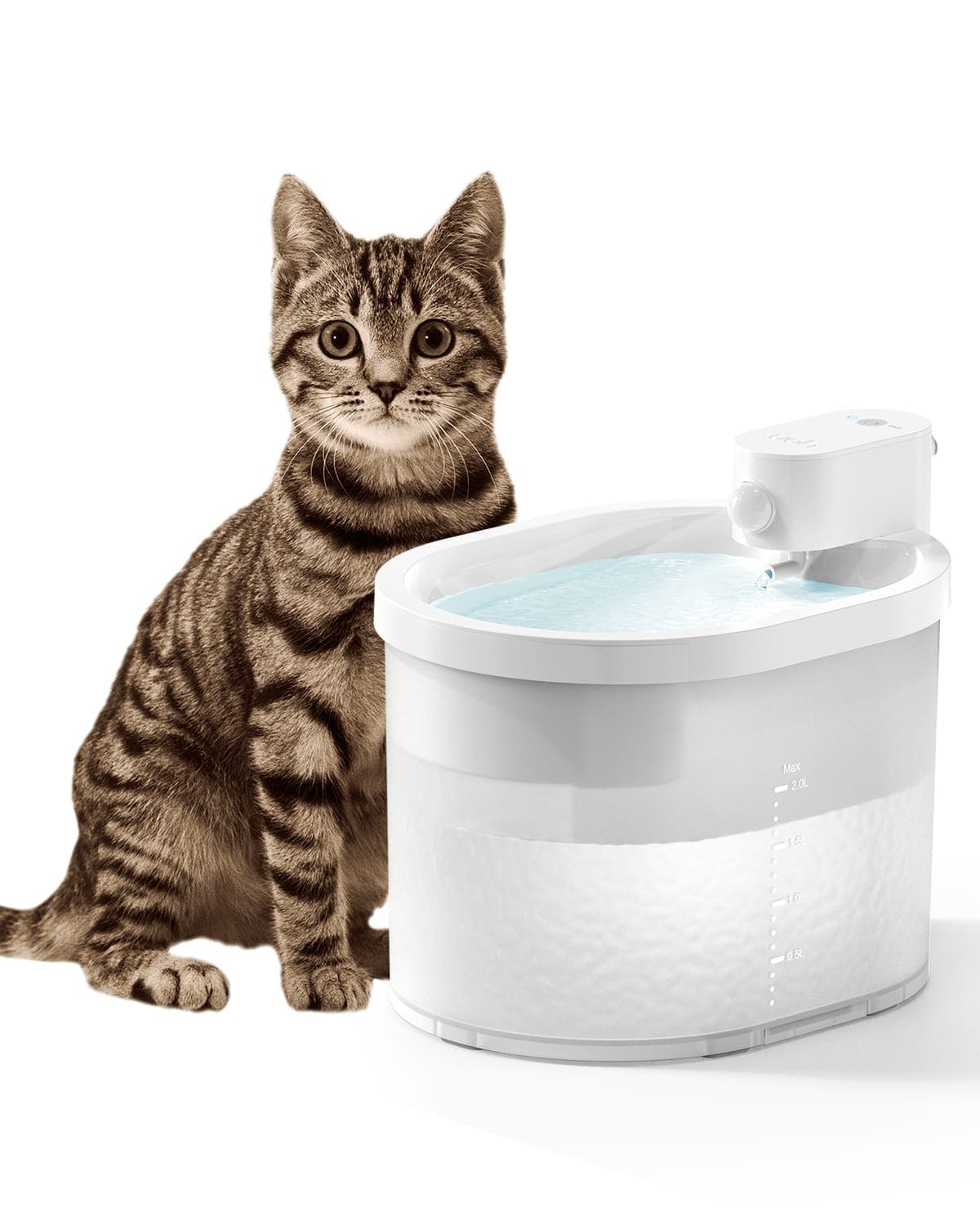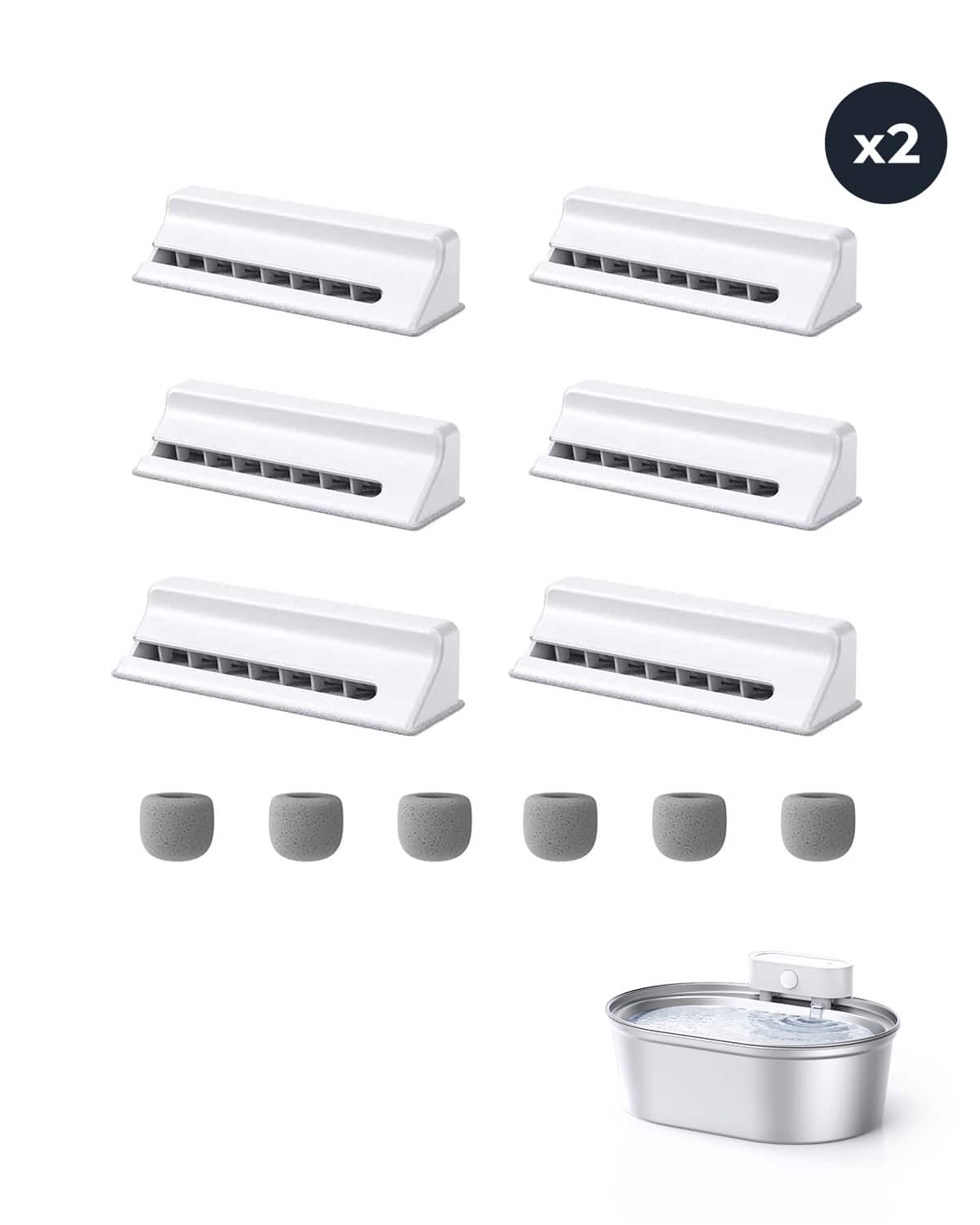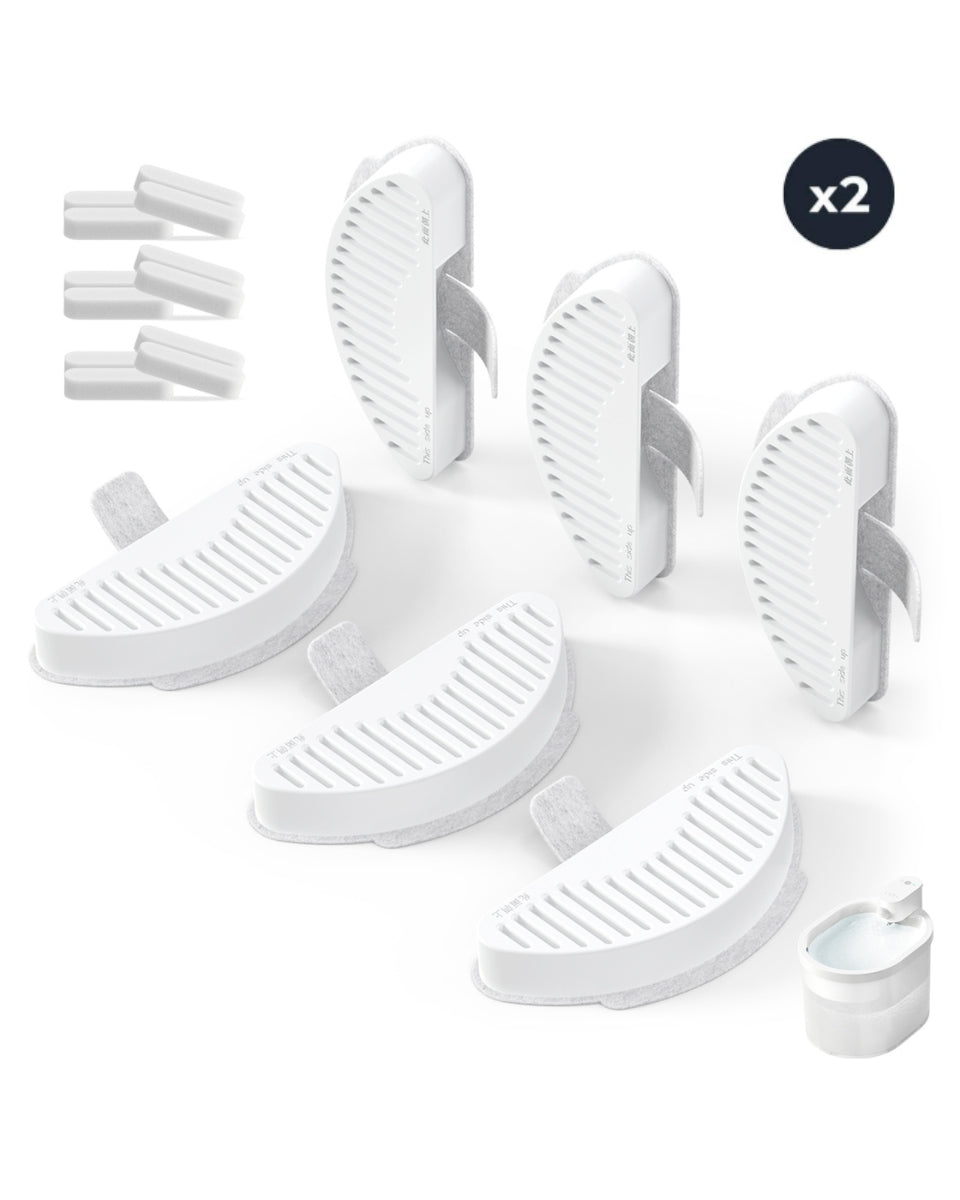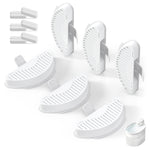Living with allergies and pets can feel like a constant battle against sneezing, itching, and poor air quality. But what if there was a way to breathe easier and enjoy your pets without the discomfort? An air purifier for allergies and pets might just be the game-changer you need. This article dives into how these devices work, their benefits, and why they are essential for pet owners and allergy sufferers alike.
Understanding Allergies and Pet Dander
Allergies are the body's overreaction to substances it perceives as harmful. Common allergens include pollen, dust mites, and pet dander. Pet dander, in particular, is a significant trigger for many people. It consists of tiny, even microscopic, flecks of skin shed by cats, dogs, rodents, birds, and other animals with fur or feathers. These particles can linger in the air and settle on surfaces, making them difficult to avoid.
For pet owners, this can be a frustrating dilemma. You love your furry companions, but their presence can exacerbate your allergy symptoms. This is where an air purifier for allergies and pets comes into play. By capturing and neutralizing these airborne irritants, these devices can help create a more comfortable living environment.
How Air Purifiers Work
Air purifiers are designed to improve indoor air quality by removing contaminants from the air. They use various technologies to achieve this, including HEPA filters, activated carbon filters, and UV-C light. Here's a breakdown of how these technologies work:
- HEPA Filters: High-Efficiency Particulate Air (HEPA) filters are the gold standard in air purification. They can capture 99.97% of particles as small as 0.3 microns, including pet dander, pollen, and dust mites.
- Activated Carbon Filters: These filters are excellent at trapping odors and volatile organic compounds (VOCs). If you have pets, this can help eliminate unpleasant smells from your home.
- UV-C Light: Ultraviolet light can kill bacteria, viruses, and mold spores, adding an extra layer of protection against airborne pathogens.
When combined, these technologies make air purifiers highly effective at reducing allergens and improving air quality.
Benefits of Using an Air Purifier for Allergies and Pets
Investing in an air purifier for allergies and pets offers numerous benefits. Here are some of the most compelling reasons to consider one:
- Reduced Allergy Symptoms: By removing allergens like pet dander, pollen, and dust mites from the air, air purifiers can significantly reduce sneezing, coughing, and itchy eyes.
- Improved Respiratory Health: Cleaner air means easier breathing, especially for individuals with asthma or other respiratory conditions.
- Elimination of Pet Odors: Activated carbon filters can neutralize the smells associated with pets, leaving your home smelling fresh.
- Protection Against Airborne Pathogens: UV-C light technology can kill bacteria and viruses, reducing the risk of illness.
- Peace of Mind: Knowing that your air is clean and free of harmful particles can provide a sense of relief and comfort.
These benefits make air purifiers an invaluable tool for anyone dealing with allergies or pet-related air quality issues.
Choosing the Right Air Purifier for Your Needs
Not all air purifiers are created equal, and choosing the right one depends on your specific needs. Here are some factors to consider when selecting an air purifier for allergies and pets:
- Room Size: Ensure the air purifier is suitable for the size of the room where it will be used. Most models specify the square footage they can effectively cover.
- Filter Type: Look for a purifier with a HEPA filter to capture allergens and an activated carbon filter to eliminate odors.
- Noise Level: Some air purifiers can be noisy, which might be disruptive in quiet environments like bedrooms. Check the decibel rating before purchasing.
- Maintenance: Consider how often filters need to be replaced and the associated costs. Some models have washable filters, which can save money in the long run.
- Additional Features: Features like air quality sensors, auto mode, and timer settings can enhance convenience and efficiency.
By taking these factors into account, you can find an air purifier that meets your needs and fits your lifestyle.
Tips for Maximizing the Effectiveness of Your Air Purifier
To get the most out of your air purifier for allergies and pets, follow these tips:
- Placement Matters: Position the air purifier in a central location, preferably in the room where you spend the most time. Avoid placing it near walls or furniture that could obstruct airflow.
- Keep Doors and Windows Closed: To prevent outdoor allergens from entering, keep doors and windows closed while the air purifier is running.
- Regular Maintenance: Replace or clean filters as recommended by the manufacturer to ensure optimal performance.
- Run It Continuously: For the best results, run your air purifier continuously, especially during allergy season or if you have multiple pets.
- Combine with Other Allergy-Reducing Measures: Use hypoallergenic bedding, vacuum regularly, and groom your pets frequently to minimize allergens in your home.
These practices can help you achieve the cleanest air possible and maximize the benefits of your air purifier.
Common Misconceptions About Air Purifiers
Despite their effectiveness, there are some misconceptions about air purifiers for allergies and pets. Let's debunk a few of the most common myths:
- Myth 1: Air Purifiers Eliminate All Allergens: While air purifiers can significantly reduce allergens, they cannot eliminate them entirely. Regular cleaning and other measures are still necessary.
- Myth 2: All Air Purifiers Are the Same: Different air purifiers use different technologies and have varying levels of effectiveness. It's essential to choose one that suits your specific needs.
- Myth 3: Air Purifiers Are Only for Allergy Sufferers: Air purifiers benefit everyone by improving overall air quality, not just those with allergies.
- Myth 4: Air Purifiers Are Expensive to Maintain: While some models require frequent filter replacements, others have washable filters or longer-lasting components, making them more cost-effective.
Understanding these misconceptions can help you make informed decisions about using an air purifier in your home.
The Science Behind Air Purifiers and Allergies
Numerous studies have demonstrated the effectiveness of air purifiers in reducing allergens and improving air quality. For example, research has shown that HEPA filters can significantly lower the concentration of airborne allergens, leading to a reduction in allergy symptoms. Additionally, air purifiers with activated carbon filters have been proven to reduce indoor air pollution and eliminate odors.
These scientific findings underscore the importance of air purifiers for individuals with allergies and pets. By investing in a high-quality air purifier, you can create a healthier and more comfortable living environment.
Real-Life Success Stories
Many people have experienced life-changing benefits from using an air purifier for allergies and pets. Here are a few real-life success stories:
- Case 1: A family with two cats and a child with severe allergies noticed a dramatic improvement in their son's symptoms after installing an air purifier in their home. The child was able to play with the cats without experiencing constant sneezing and itching.
- Case 2: A couple with a dog and a dust mite allergy found that their nighttime congestion and coughing decreased significantly after using an air purifier in their bedroom.
- Case 3: An individual with asthma and a pet bird reported fewer asthma attacks and easier breathing after incorporating an air purifier into their daily routine.
These stories highlight the transformative impact that air purifiers can have on the lives of allergy sufferers and pet owners.
Frequently Asked Questions
Here are answers to some of the most frequently asked questions about air purifiers for allergies and pets:
-
Q: Can air purifiers completely eliminate pet dander?
A: While air purifiers can significantly reduce pet dander, they cannot eliminate it entirely. Regular cleaning and grooming are still necessary. -
Q: How often should I replace the filters in my air purifier?
A: It depends on the model and usage, but most filters need to be replaced every 6 to 12 months. -
Q: Are air purifiers safe to use around pets?
A: Yes, air purifiers are safe to use around pets. However, ensure that the device does not produce ozone, which can be harmful to animals. -
Q: Can air purifiers help with seasonal allergies?
A: Yes, air purifiers can help reduce symptoms of seasonal allergies by removing pollen and other outdoor allergens from the air.
These answers can help clarify any doubts you may have about using an air purifier in your home.
Imagine a life where you can cuddle with your pets without worrying about sneezing fits or itchy eyes. An air purifier for allergies and pets can make this dream a reality. By investing in one of these devices, you can enjoy cleaner air, fewer allergy symptoms, and a healthier home environment. Don't let allergies and pet dander control your life—take the first step toward breathing easier today.


